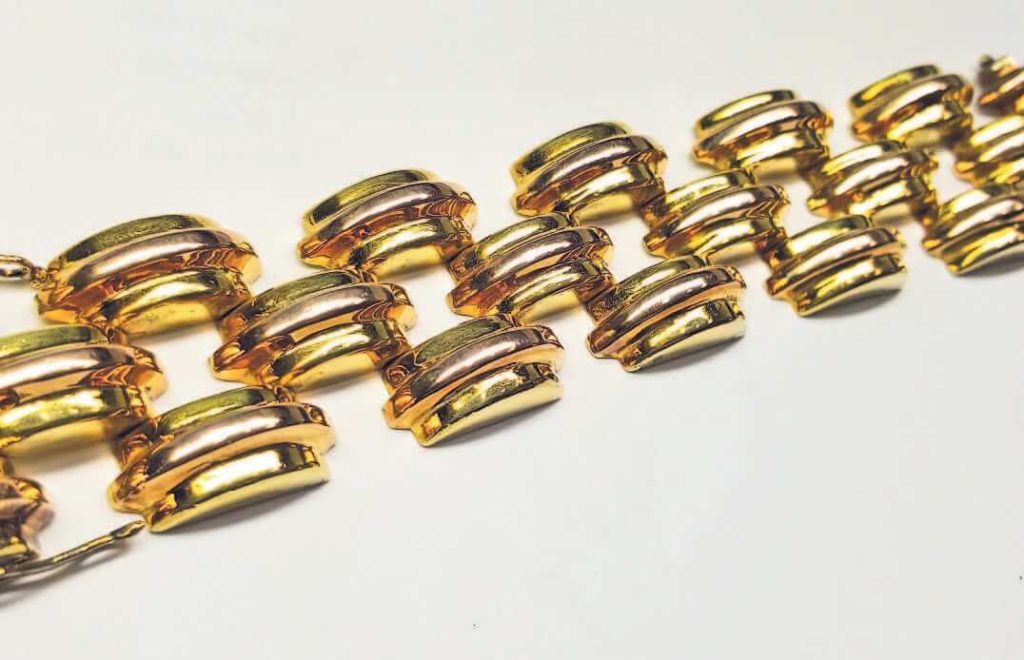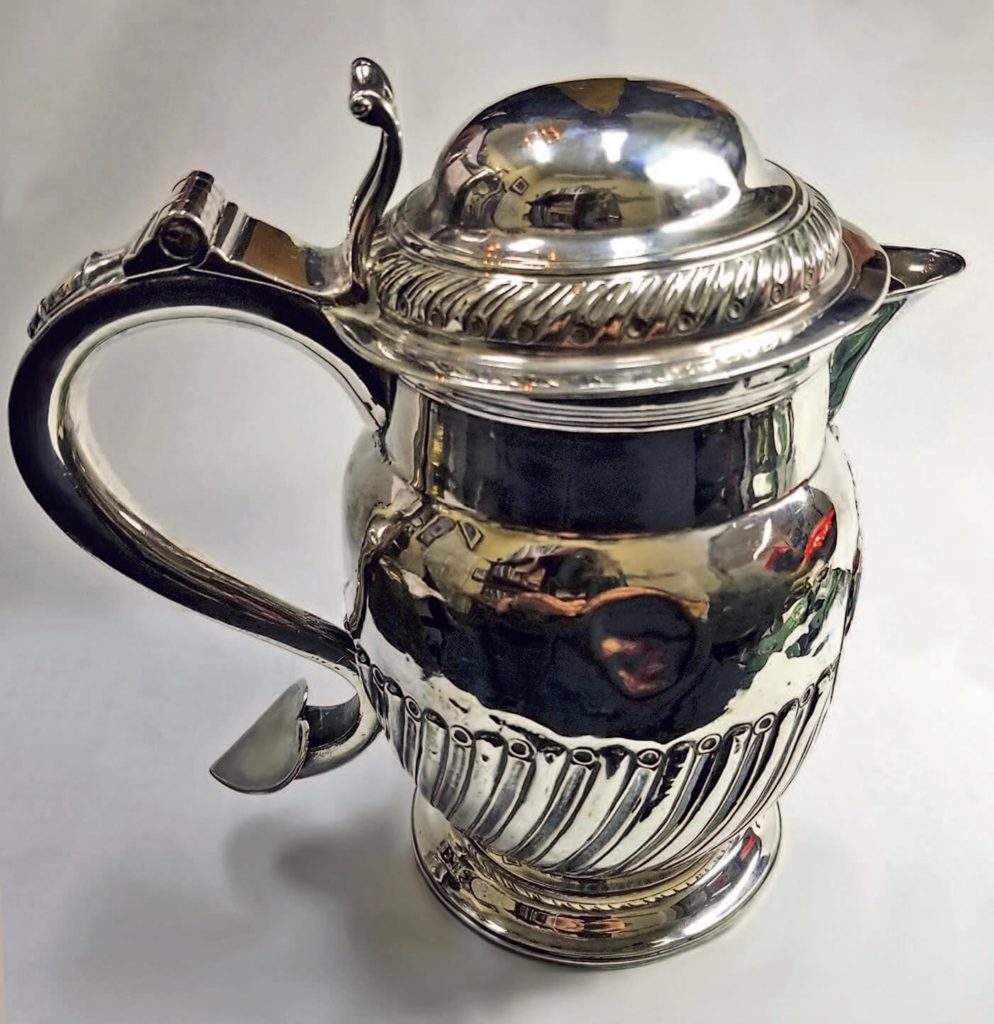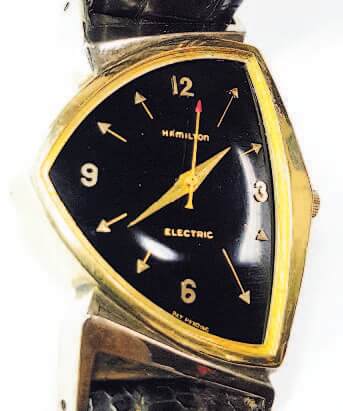Ships’ clocks have been a staple on military vessels for over 300 years. They vary in value from $400 for a Hamilton non-gimbaled 1940s clock, which is basically an oversized pocket watch, to $500-$2,000 for a gimbaled, boxed Hamilton, to thousands for a marine chronograph that is free sprung with helical hair springs.
Marine chronographs were invented by the famous John Harrison in the 1700s. The word chronograph denotes a very steady swing in the balance wheel, making a steady tick-tock, tick-tock. Many historians suggest that the chronograph is a precursor of the metronome, which keeps a steady beat for practicing musicians. The value of ships’ clocks varies by maker, age and condition.
Chelsea and Hamilton Clocks
Chelsea and Hamilton are the most collectible American ships’ clocks and are valued between $200 and $2,000. The precise timekeeping of ships’ chronographs resulted in jewelers keeping them in the front window of their stores so railroad men could set the precise time on their railroad watches. Webb C. Ball of Cleveland was the most famous for this.
The first example (A.), made by Chelsea for Ball Watch, is worth only $500. The gimbaled Hamilton (B.), in its original box, is valued at $700-$1,200.
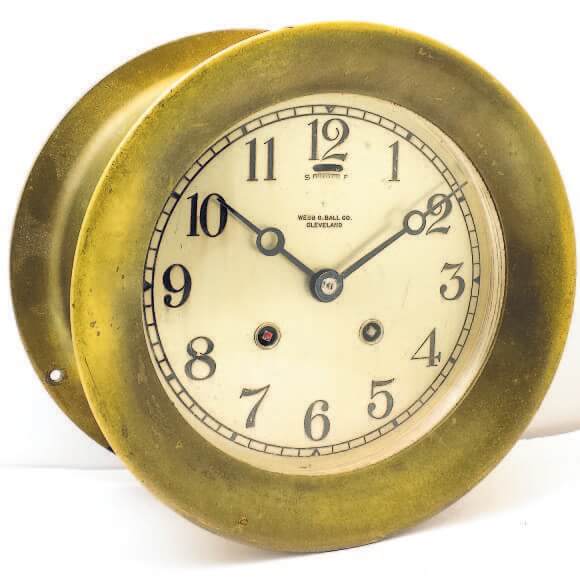
A. $500 / CHRONOGRAPH MADE BY CHELSEA FOR BALL WATCH
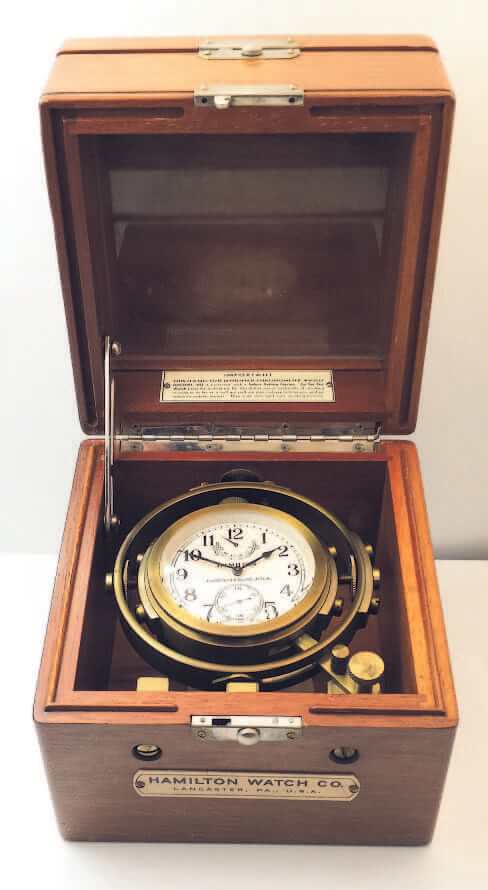
B. $1,200 / GIMBALED HAMILTON IN ORIGINAL BOX
The modern Mühle Glashütte (C.) is valued at $1,200 if new, and $350 if used. Recently, a rare ship’s chronograph (D.) with a chain-driven Earnshaw chronograph, from 1850, was sold at auction for over $12,000.
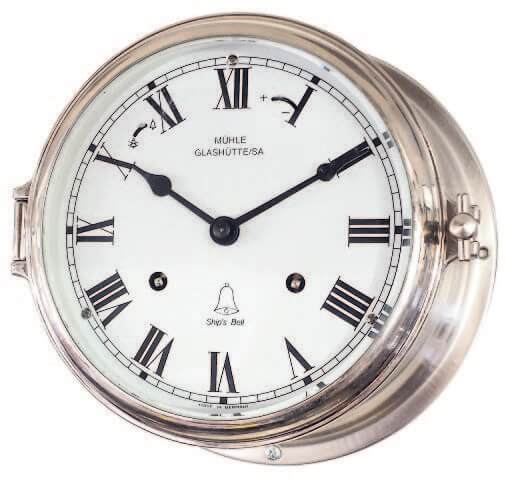
C. $1,200 / MODERN MÜHLE GLASHÜTTE
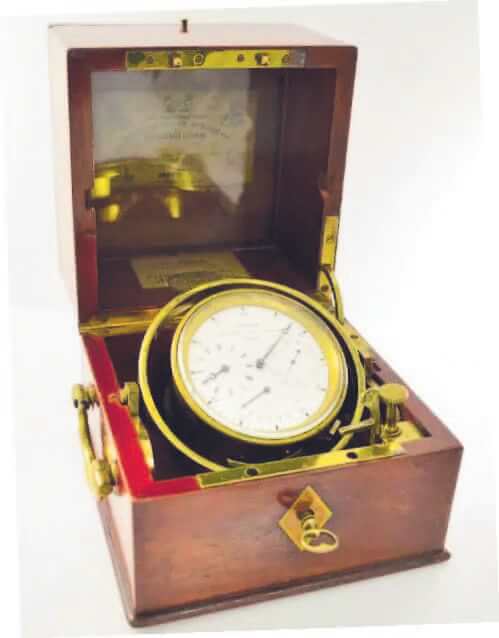
D. $12,000 / 1850 RARE CHAIN-DRIVEN EARNSHAW CHRONOGRAPH
This is an archival article formerly written and is for informational purposes only. The valuations in this article have likely changed since it was first written.

